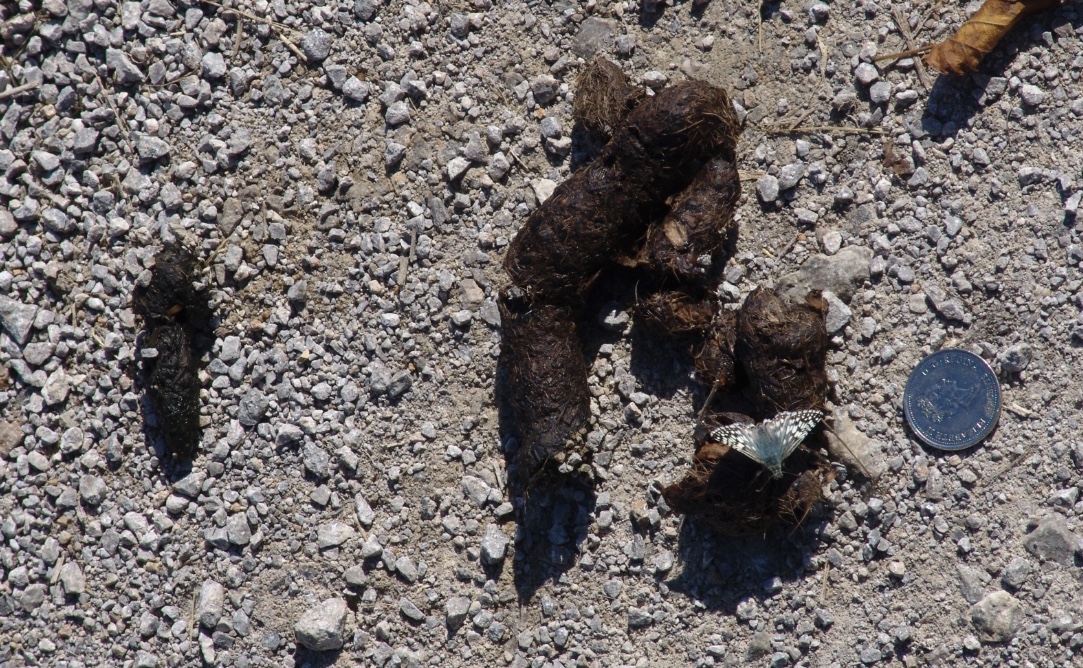Coyote scat is a fascinating subject that intertwines ecology, wildlife behavior, and environmental science. As apex predators, coyotes play a crucial role in maintaining the balance of their ecosystems, and their scat can provide invaluable insights into their habits, diet, and territory. In this article, we will explore the characteristics of coyote scat, its importance in wildlife studies, and how to identify it effectively.
From the unique shape and texture to the various contents that can be found within, coyote scat is more than just animal waste; it is a treasure trove of information for wildlife biologists and enthusiasts alike. Understanding what coyote scat looks like and what it reveals about these cunning creatures can enhance our appreciation of nature and inform conservation efforts.
Join us as we delve into the world of coyote scat, uncovering its ecological significance, methods for identification, and what it can tell us about the health of the environment. Whether you are a seasoned wildlife observer or a curious newcomer, this comprehensive guide will equip you with the knowledge you need to understand and appreciate coyote scat.
Table of Contents
- What is Coyote Scat?
- Characteristics of Coyote Scat
- Importance of Coyote Scat in Ecology
- How to Identify Coyote Scat
- What is Found in Coyote Scat?
- Coyote Scat vs Other Animal Scat
- Coyote Conservation and Management
- Conclusion
What is Coyote Scat?
Coyote scat is the fecal matter produced by coyotes, which are members of the Canidae family. These animals are known for their adaptability and intelligence, often found in a variety of habitats from deserts to urban areas. The scat provides crucial information about the animal's diet, health, and the ecosystem it inhabits.
Characteristics of Coyote Scat
Coyote scat can be identified by several distinctive features:
- Shape: Typically cylindrical, coyote scat is often tapered at both ends.
- Size: It usually measures about 1 to 2 inches in diameter and 3 to 6 inches in length.
- Color: The color can vary from dark brown to black, depending on the diet of the coyote.
- Texture: The texture can be rough, often containing hair, bones, or plant material.
Importance of Coyote Scat in Ecology
Coyote scat plays a vital role in understanding ecosystem dynamics:
- Dietary Insights: Analyzing scat helps researchers understand the dietary habits of coyotes, which can include small mammals, fruits, and carrion.
- Population Monitoring: Scat surveys are used to estimate coyote populations and their distribution within a specific area.
- Health Indicators: The presence of certain items in scat can indicate the overall health of the coyote population and the health of the ecosystem.
How to Identify Coyote Scat
Identifying coyote scat can be an enjoyable activity for wildlife enthusiasts. Here are some tips:
- Look for scat in areas where coyotes are known to roam, such as near trails or water sources.
- Take note of the size and shape; compare it to known characteristics of coyote scat.
- Examine the contents for hair, bones, or fruit remains, which can help confirm the identity.
What is Found in Coyote Scat?
The contents of coyote scat can vary widely, reflecting their omnivorous diet:
- Small Mammals: Scat often contains the remains of rodents, rabbits, and other small mammals.
- Fruits and Berries: In late summer and fall, scat may include seeds and pulp from berries and fruits.
- Insects: Insects are also part of the coyote's diet and can often be found in their scat.
Coyote Scat vs Other Animal Scat
It is important to differentiate coyote scat from that of other animals:
Comparison with Dog Scat
Dog scat tends to be more uniform in shape and less varied in content compared to coyote scat. Additionally, dog scat might contain recognizable pet food remnants.
Comparison with Fox Scat
Fox scat is generally smaller, more twisted, and may contain more fruit material than coyote scat, which typically reflects a higher proportion of animal matter.
Coyote Conservation and Management
Understanding coyote scat is crucial for effective conservation management:
- Researching scat patterns can help wildlife managers make informed decisions regarding coyote populations.
- Conservation efforts often focus on maintaining balanced ecosystems where coyotes can thrive without causing harm to livestock or local fauna.
Conclusion
In conclusion, coyote scat is an essential aspect of understanding these adaptable and intelligent creatures. By studying their scat, we gain insights into their diet, health, and ecological role. Whether you are a researcher or a nature enthusiast, recognizing the importance of coyote scat can enhance your appreciation for wildlife and the delicate balance of our ecosystems. We encourage you to share your thoughts in the comments, explore more articles on wildlife, and contribute to conservation efforts in your area.
Thank you for reading! We hope this guide has provided you with valuable information about coyote scat and its significance in the natural world. Don't hesitate to visit us again for more insights into wildlife and nature.
You Might Also Like
Edge Allied Universal: A Comprehensive Overview Of A Leading Security Services ProviderHappy Times: Embracing Joy In Everyday Life
Tomo-chan Is A Girl: A Deep Dive Into The Beloved Anime And Manga
Dorbin Kragstone Character Art: A Comprehensive Guide
Survivor 40: The Most Memorable Moments And Players In Reality TV History
Article Recommendations
- Celebrities With Essential Thrombocythemia
- Carrie Underwood Pregnant
- Vegamovies Nl Hindi Movies
- Abbagailpeaches
- Elvis Presley Ethnic Background
- Mydesi Org
- Alaina Ellis Leak
- Deuce Tatum Mother
- Suzanne Perry Age
- What Year Was Lefty Gunplay Born


